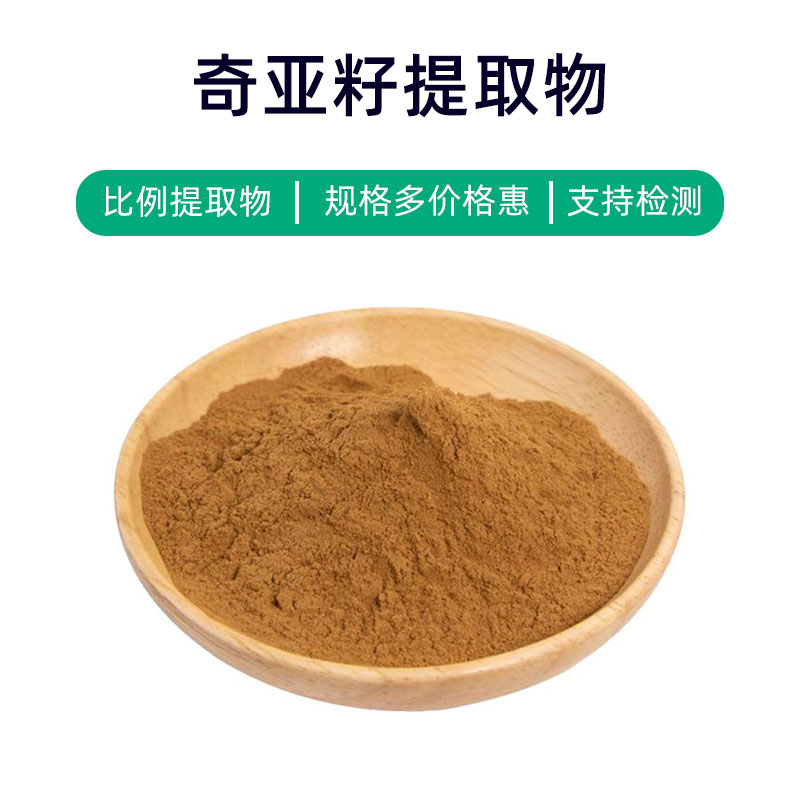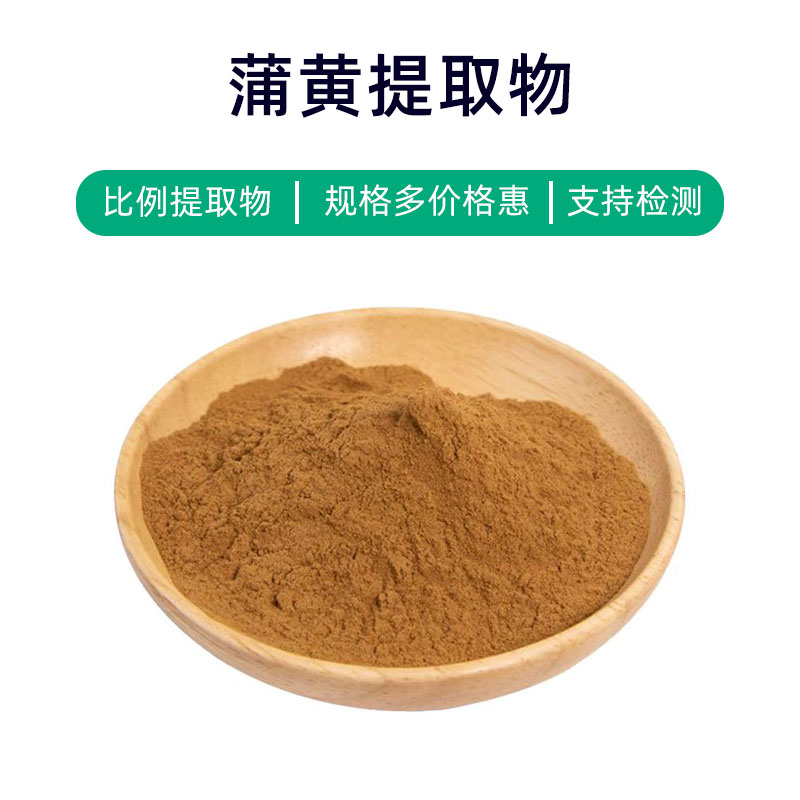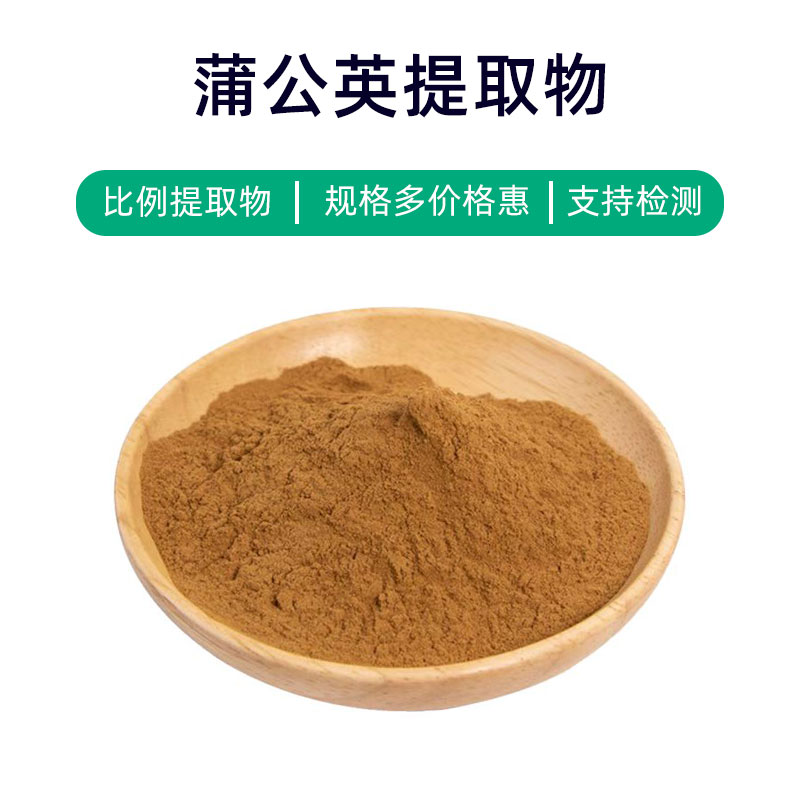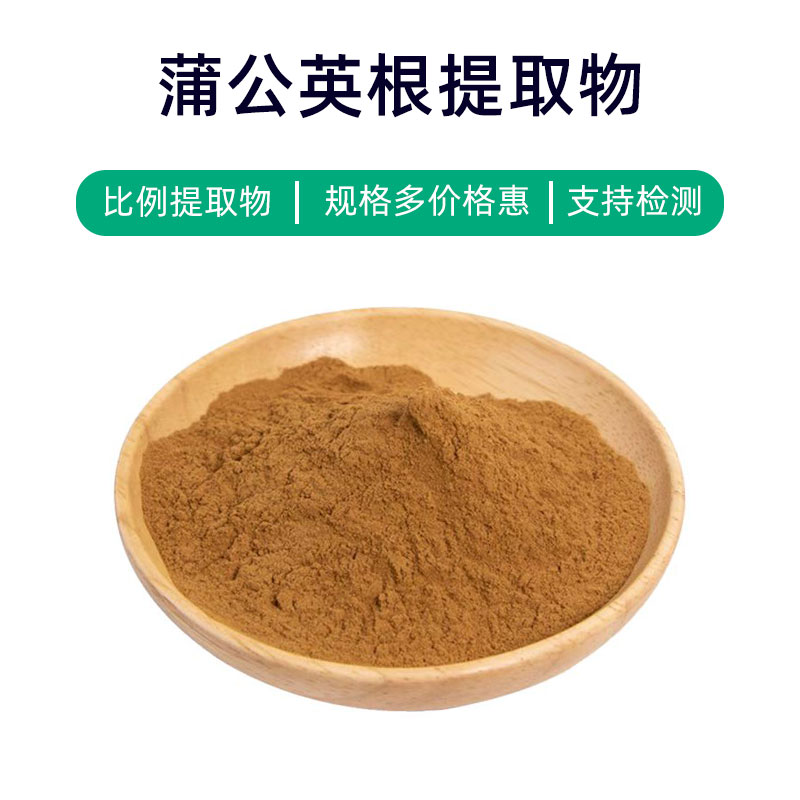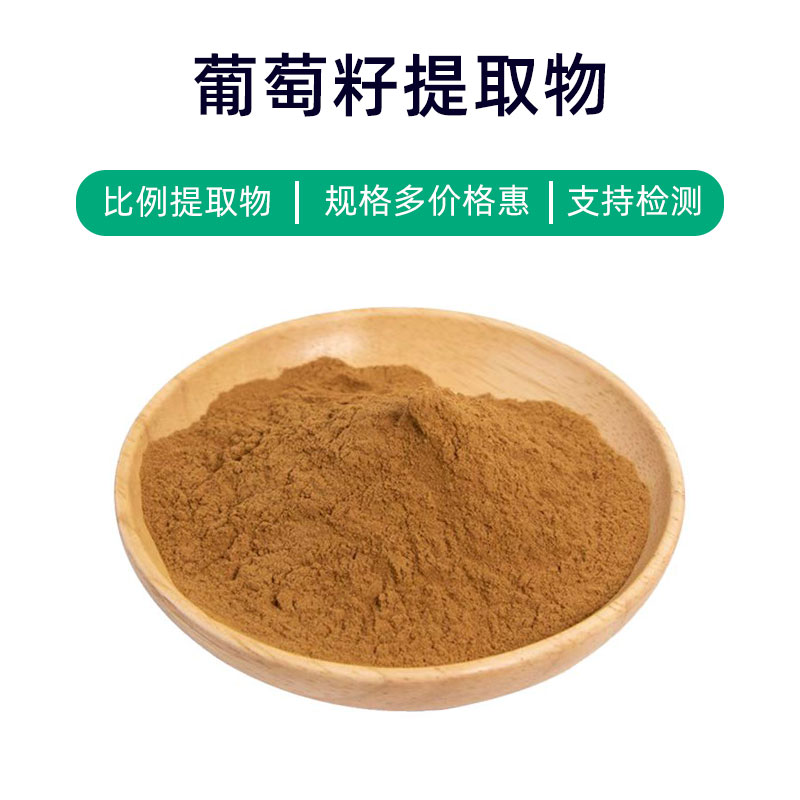Winter Melon Peel Extract Product Introduction
Winter melon peel extract is a natural plant extract derived from the peel of winter melon, rich in various bioactive compounds including flavonoids, polysaccharides, and vitamin C. These components give winter melon peel extract numerous health benefits and a wide range of applications.
Firstly, the flavonoids abundant in winter melon peel extract have antioxidant properties that help eliminate free radicals from the body, slowing down cellular oxidative damage and protecting cell health.
Secondly, the polysaccharides found in winter melon peel extract regulate blood sugar, lower blood lipids, and enhance immunity, contributing to healthy metabolism and preventing chronic diseases such as diabetes and cardiovascular issues.
Additionally, winter melon peel extract is rich in vitamin C, which has skin whitening and anti-aging effects, making it suitable for beauty and skincare products.
In the pharmaceutical field, winter melon peel extract is commonly used in health products as an antioxidant, blood sugar regulator, and immune modulator; in the food industry, it is often utilized as a food additive to enhance nutritional value and functionality; in cosmetics, it is used in skincare products for whitening, moisturizing, and anti-aging benefits.
In summary, winter melon peel extract is a natural and health-promoting plant extract with a variety of benefits and wide applications in health products, food additives, and cosmetics.
Winter Melon Peel Extract Production Process
The production process of winter melon peel extract mainly includes the following steps:
- Raw Material Selection and Preparation: Fresh winter melon peel is selected as the extraction material. The peel should be cleaned to remove surface dirt and impurities, and then cut into appropriate-sized pieces for the extraction process.
- Extraction Method Selection: Common extraction methods include water extraction, alcohol extraction, and supercritical fluid extraction. Water extraction is the most common method, where the winter melon peel is mixed with water and heated to dissolve the active components into the water.
- Extraction Process: The prepared winter melon peel pieces are added to the extraction vessel with a suitable amount of water in a specific ratio for the extraction process. The extraction conditions, such as temperature, time, and pressure, may vary based on the method used.
- Concentration and Separation: After extraction, the liquid needs to be concentrated to obtain a concentrated extract. Common concentration methods include vacuum concentration and spray drying. The impurities in the extract are then separated and removed using suitable methods.
- Refinement and Purification: Further refinement and purification processes are employed to remove impurities and enhance the purity and quality of the product. Chromatography, filtration, and crystallization methods can be used for this purpose.
- Drying and Final Product Preparation: Finally, the refined extract is dried to remove moisture, resulting in a dry winter melon peel extract. Depending on the intended use, the dried extract can be formulated into powder, granules, or liquid forms.
- Quality Control: Throughout the production process, strict control of operational parameters at each stage is necessary to ensure product quality and stability. Quality testing of the final product includes assessing active ingredient content, heavy metal residues, and other indicators to ensure compliance with relevant standards and regulations.
By following these steps, a stable and high-purity winter melon peel extract can be produced to meet the needs of various industries.
Winter Melon Peel Extract Efficacy and Side Effects
Winter melon peel extract offers a variety of benefits and effects, primarily manifested in the following areas:
- Antioxidant Effects: Winter melon peel is rich in natural antioxidants, such as vitamin C, vitamin E, and polyphenolic compounds, which help eliminate free radicals, reduce oxidative damage, and protect cells from oxidative stress.
- Blood Sugar Regulation: It contains specific bioactive compounds that help regulate blood sugar levels. These components can promote insulin secretion and enhance the tissues' utilization of glucose, assisting in lowering blood sugar levels and providing support for managing diabetes and abnormal blood sugar levels.
- Diuretic and Edema Relief Effects: Winter melon peel has significant diuretic properties that promote urine production and reduce water retention in the body, helping alleviate edema and swelling. Hence, it is commonly used in traditional Chinese medicine to treat water retention and related symptoms.
- Weight Loss Effects: Rich in dietary fiber, winter melon peel increases feelings of fullness and reduces appetite, aiding in controlling food intake and achieving weight loss. Additionally, it promotes fat metabolism and burning, helping to reduce fat accumulation.
- Lipid Regulation Effects: The active components in winter melon peel can modulate lipid metabolism, lowering cholesterol and triglyceride levels in the blood, and reducing lipid deposition in the vascular walls, which helps prevent and improve hyperlipidemia.
- Digestive Function Improvement: Winter melon peel contains ample dietary fiber and various enzymes that promote the secretion of digestive juices, enhance intestinal motility, improve digestion, and prevent constipation and indigestion.
- Liver Protection: Some bioactive components in winter melon peel can protect liver function by promoting liver cell regeneration and repair, reducing liver damage, and providing auxiliary support for preventing and treating liver diseases such as hepatitis and fatty liver.
- Beauty Effects: With its rich vitamins and minerals, winter melon peel provides anti-aging, whitening, and moisturizing benefits, improving skin texture, enhancing elasticity, and delaying skin aging.
Although winter melon peel extract has numerous benefits, one should be cautious of potential side effects, such as individual allergic reactions and digestive discomfort. It is advisable to consult a doctor or professional before use to avoid adverse reactions.
Winter Melon Peel Extract Application Scenarios and Dosage
Winter melon peel extract is broadly applied in pharmaceuticals, food, and cosmetics. Here are specific applications and dosage recommendations in each field:
- Pharmaceutical Applications:
- Diuretic and Edema Relief: Often used in traditional medicine to treat water retention and swelling. Usually consumed as a decoction or porridge made from the peel, taken 1-2 times daily with a dosage of 10-20 grams, adjustable based on individual circumstances.
- Blood Sugar Regulation: For diabetic patients, winter melon peel can be brewed in water or included in herbal formulations to aid in lowering blood sugar levels. Typical dosage is 10-20 grams per day.
- Antioxidant Support: Used as an ingredient in health supplements for antioxidant and immune-boosting effects. The recommended daily oral dosage is typically 100-500 milligrams, adjustable according to product instructions or medical advice.
- Food Applications:
- Food Additives: Serves as a natural food additive for flavoring, aroma enhancement, or increasing nutritional value. Common applications include extracts used in biscuits, beverages, and juices, with dosage based on product formulations.
- Health Foods: Commonly found in health foods, serving functional roles in blood sugar and lipid management and antioxidant support. Dosage should align with recommendations in product specifications.
- Cosmetic Applications:
- Skincare Products: Contains abundant antioxidant ingredients like vitamins C and E, offering anti-aging, whitening, and moisturizing effects. Typically used in creams, lotions, and masks, with dosage as per product instructions.
- Hair Care: Can be incorporated into shampoos and conditioners, nourishing hair and enhancing shine, with dosage according to product guidelines.
When using winter melon peel extract, pay attention to the product's source and quality, purchase from reputable channels, and adhere to product instructions or medical advice to avoid unnecessary side effects. Additionally, be aware of individual differences that may result in allergic reactions, promptly discontinuing use and seeking medical attention if discomfort occurs.
Winter Melon Source Plant Introduction, Distribution, and Growth Environment
Winter melon (Scientific name: Benincasa hispida) is a vine plant in the gourd family, with its fruit widely used for culinary and medicinal purposes. Here’s an introduction to the source plant, its distribution, and growth environment:
- Plant Introduction:
- Winter melon is a climbing vine with long stems, heart-shaped leaves, and yellow, unisexual flowers; the fruit is elongated or nearly round, covered in a green or white skin, containing numerous seeds.
- It is a summer vegetable with a long growing season, requiring ample sunlight and a warm climate. The fruit grows rapidly and can serve as food or medicinal material upon ripening.
- Distribution:
- Originally from the Indian subcontinent and Southeast Asia, winter melon is now widely cultivated globally, including in China, India, Pakistan, Thailand, and Vietnam. In China, it is mainly found in southern provinces like Guangdong, Guangxi, Fujian, and Zhejiang, with some cultivation in northern areas.
- Growth Environment:
- Preferring a warm, humid climate, winter melon requires significant sunlight, with optimal growing temperatures between 20-30°C and ideal conditions at 25-30°C.
- Soil requirements are not overly strict, but it thrives in loose, well-drained, fertile sandy loam. Sufficient moisture is essential during the growing season but it does not tolerate waterlogging, necessitating good drainage.
- A suitable growing elevation is from sea level up to around 800 meters, though cultivation in higher altitudes is possible but may extend the growing cycle.
The production of winter melon peel extract typically selects healthy, high-quality winter melon fruits, which undergo a series of processing and extraction methods to harvest beneficial components for use in pharmaceuticals, health products, food, and cosmetics. Therefore, ensuring the healthy growth of winter melon plants and the freshness of harvested fruits is crucial for the quality of the extract.
Winter Melon Peel Extract Processing and Storage
The processing of winter melon peel extract mainly involves the following steps: First, fresh winter melons are cleaned and peeled, then the peel is chopped or sliced to enhance extraction efficiency. Subsequently, methods such as water extraction, ethanol extraction, or supercritical CO2 extraction may be employed to extract the active components from the peel. After filtration, concentration, and drying processes, the final winter melon peel extract is obtained.
For storage, winter melon peel extract should be kept in a cool, dry environment away from direct sunlight and high temperatures. It is generally recommended to store the extract in airtight, opaque containers to prevent contamination from air, moisture, and foreign substances. Proper storage can extend the shelf life of the extract, ensuring its active components and quality remain intact.
Monica Sun is a seasoned expert in the plant extraction industry with over a decade of experience in research and production. She specializes in the extraction and purification of plant active ingredients, focusing on driving innovation in natural product applications. Monica has participated in the development of multiple functional plant extracts, delivering high-value natural raw material solutions for the health food, pharmaceutical, and dietary supplement sectors.









